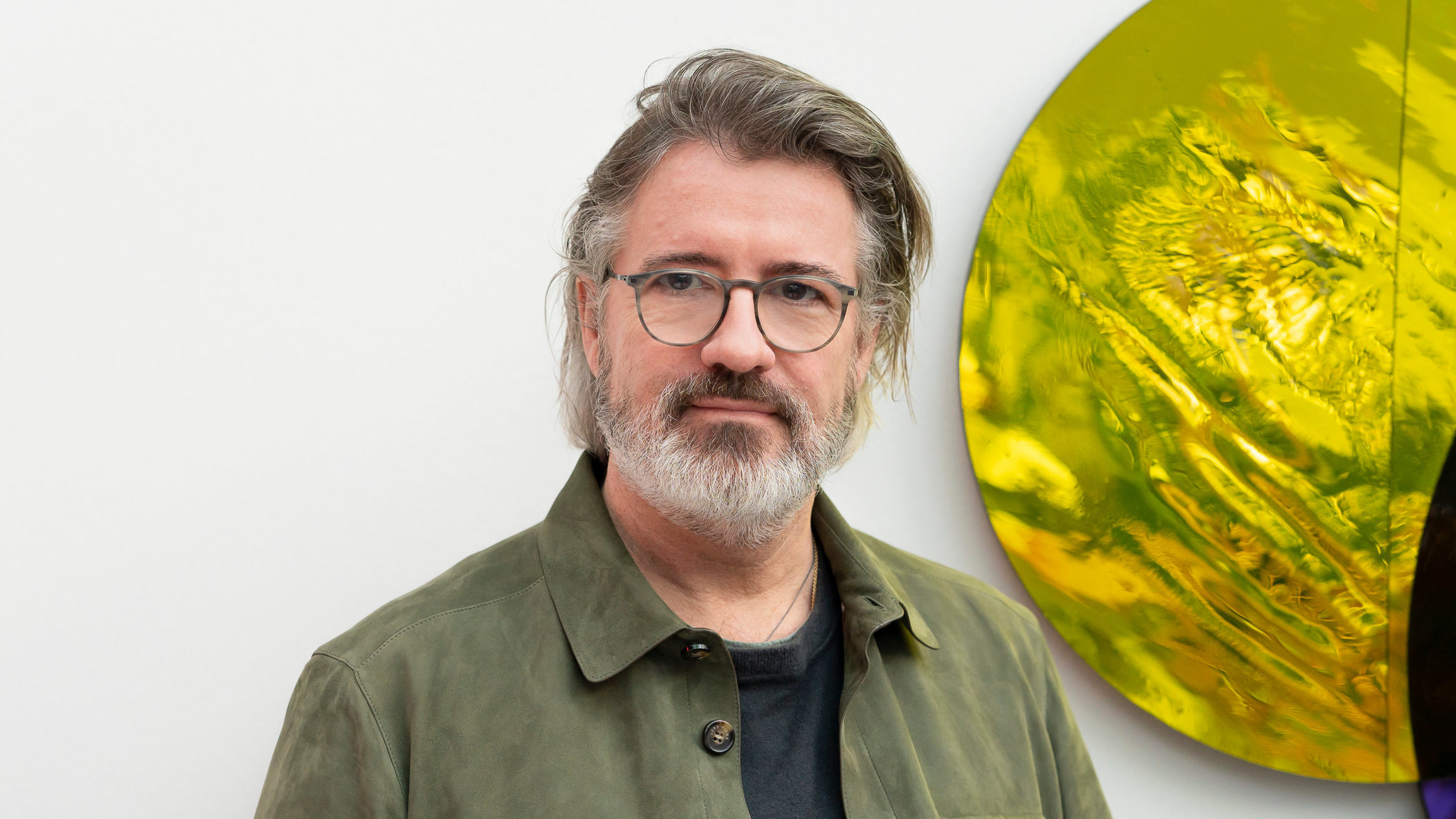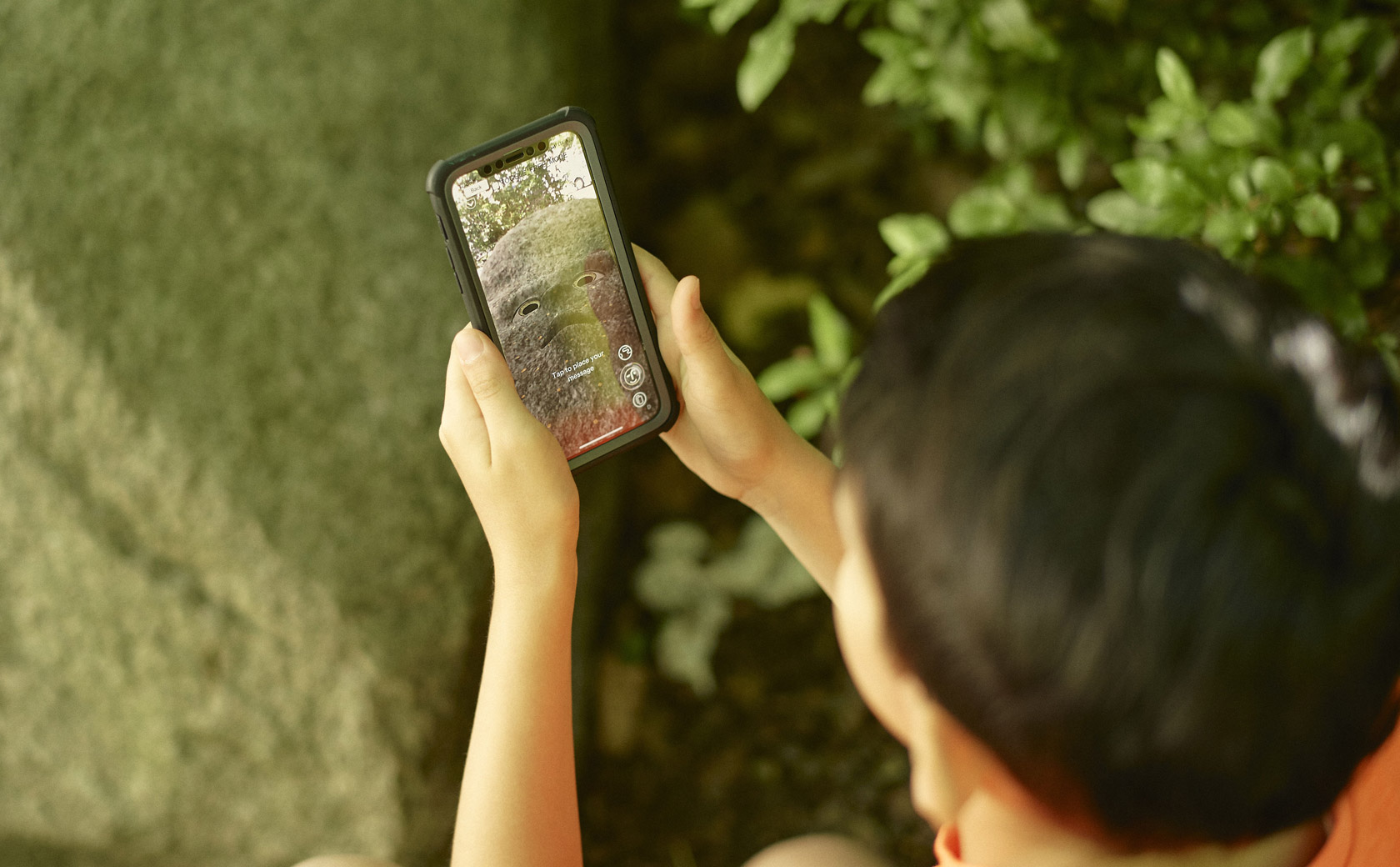Olafur Eliasson opens his new satellite studio in Reykjavik to the public

It’s hard for anything to stay hidden for long in Reykjavik. With a population of 120,000, the highstreet feels like a backstreet (albeit a quaintly beautiful one), and everyone knows everyone.
In the even less-trodden industrial area to the northwest of the city, where cranes and fish trawlers rhythmically churn up the harbour, and a tinny, sulfurous smell fills the air, a recently converted herring factory is quietly setting the citywide standard in art, architecture and design.
Marshall House was converted by local architects Ási Sturluson and Steinþór Kárason of Kurt og Pí earlier this year in an undertaking they describe as ‘the project of a lifetime’. Almost ten years in planning, and one in the making, the conversion was riddled with difficulties.
The city council keeps a close eye on the heritage of the area, and has already banned new hotels from popping up. Required by regulators to retain the white, window-lined shell, Kurt og Pí had to work from the inside out to create a viable space to show art – still tricky with so many windows and such little blank wallspace. They accomodated this by creating temporary partition walls within the vast, light-filled warehouses. To wit, they had to dig out the original 1948 flooring to fully eradicate the smell of herring.

Olafur Eliasson has opened a satellite studio in Marshall House. Courtesy of the artist and i8 Gallery, Reykjavik
Tucked away at the top of an impressive concrete staircase – with railings repurposed from the factory’s original steel framework – is the satellite studio of Danish-Icelandic artist Olafur Eliasson. Berlin has long been the artist’s primary site for artistic production, where Studio Olafur Eliasson is large enough to house a dedicated project team and a range of passing interdisciplinary collaborators. In comparison, the Reykjavik studio is a small, informal cluster of rooms; a space for thinking and experimentation in direct response to the Icelandic context.
‘Opening a satellite studio in Reykjavik is, for me, a very natural step,’ Eliasson says. ‘I’ve always felt emotionally connected to Iceland; its landscape and unique light conditions have been a strong source of inspiration, and an environment in which to test artistic ideas – almost like a studio situation itself.’
From the studio’s eastern-facing windows, Eliasson can look across the harbour, to one of his larger creations – the façade of Harpa Concert and Conference Centre, which opened in 2011. Intimately connecting the two buildings, and celebrating the unique light-quality that seems to hang between them in the bay, Eliasson has designed custom light fittings for his new studio, from the same glass as the blue-green windows of the concert hall.

The move to Reykjavik was ‘a very natural step’, says Eliasson. Courtesy of the artist and i8 Gallery, Reykjavik
Thanks to management from Börkur Arnarson – the owner of i8 Gallery, Eliasson’s Icelandic representation – the new studio is also open to the public. In a very community-focused, Icelandic way, locals use it as a place to sit, talk and create.
Marshall House is also home to two locally important, grassroots art institutions, Kling & Bang and The Living Arts Museum – both of which struggled to maintain their flagship locations elsewhere in the city in the aftermath of Iceland’s economic crisis. Marshall House scooped them up, and gave them free reign to develop their spaces as they wished. The latter is currently showing an exhibition of its ‘disordered library’ of 800 first-edition art books, collected over the last 40 years.
Downstairs, an open-plan café, level with the ocean at high tide, serves fresh seafood and great apéro to visitors. It also doubles as an off-the-beaten-track watering hole for local artists. With his studio space just around the corner, Ragnar Kjartansson is said to be a regular.
The artist-run, artist-first factory is a symbol of, and commitment to, Iceland’s home-grown creativity. Commercial galleries are still fairly uncommon in the city, and community-led projects take precedent. Still, few are as far-reaching and generous as Marshall House’s beautifully designed 1,800 sq ft space, which would be a treat for artists and visitors alike in the busiest of capital cities.

Olafur Eliasson’s studio in Marshall House. Courtesy of the artist

Untitled (Spiral), 2017, by Olafur Eliasson. Courtesy of the artist and i8 Gallery, Reykjavik

Olafur Eliasson’s studio in Marshall House. Courtesy of the artist

Open to the public, Marshall House has an open-plan café and bar downstairs. Photography: Ari Magg. Courtesy of Marshall House

Marshall House is also home to grassroots art institutions, The Living Arts Museum (pictured) and Kling & Bang. Photography: Vigfús Birgisson. Courtesy of Marshall House
INFORMATION
Open Tuesdays to Sundays 12–6pm, and until 9pm on Thursdays. For more information, visit the Studio Olafur Eliasson website and I8 gallery website
ADDRESS
Grandagarður 20
101 Reykjavík
Wallpaper* Newsletter
Receive our daily digest of inspiration, escapism and design stories from around the world direct to your inbox.
Elly Parsons is the Digital Editor of Wallpaper*, where she oversees Wallpaper.com and its social platforms. She has been with the brand since 2015 in various roles, spending time as digital writer – specialising in art, technology and contemporary culture – and as deputy digital editor. She was shortlisted for a PPA Award in 2017, has written extensively for many publications, and has contributed to three books. She is a guest lecturer in digital journalism at Goldsmiths University, London, where she also holds a masters degree in creative writing. Now, her main areas of expertise include content strategy, audience engagement, and social media.
-
 All-In is the Paris-based label making full-force fashion for main character dressing
All-In is the Paris-based label making full-force fashion for main character dressingPart of our monthly Uprising series, Wallpaper* meets Benjamin Barron and Bror August Vestbø of All-In, the LVMH Prize-nominated label which bases its collections on a riotous cast of characters – real and imagined
By Orla Brennan
-
 Maserati joins forces with Giorgetti for a turbo-charged relationship
Maserati joins forces with Giorgetti for a turbo-charged relationshipAnnouncing their marriage during Milan Design Week, the brands unveiled a collection, a car and a long term commitment
By Hugo Macdonald
-
 Through an innovative new training program, Poltrona Frau aims to safeguard Italian craft
Through an innovative new training program, Poltrona Frau aims to safeguard Italian craftThe heritage furniture manufacturer is training a new generation of leather artisans
By Cristina Kiran Piotti
-
 Olafur Eliasson's new light sculptures illuminate Los Angeles
Olafur Eliasson's new light sculptures illuminate Los AngelesOlafur Eliasson's new exhibition, 'Open,' at the Museum of Contemporary Art in Los Angeles, includes 11 new pieces
By Hunter Drohojowska-Philp
-
 WeTransfer announces Olafur Eliasson as its new annual guest curator
WeTransfer announces Olafur Eliasson as its new annual guest curatorArtist Olafur Eliasson becomes the latest guest curator for WeTransfer’s WePresent creative portal
By Jonathan Bell
-
 Olafur Eliasson inaugurates Azabudai Hills Gallery in Tokyo
Olafur Eliasson inaugurates Azabudai Hills Gallery in TokyoOlafur Eliasson marks launch of Azabudai Hills Gallery, in Tokyo’s major new district, with a show of elemental strength
By Danielle Demetriou
-
 Olafur Eliasson saturates Palazzo Strozzi in VR, illusion and Renaissance rationality
Olafur Eliasson saturates Palazzo Strozzi in VR, illusion and Renaissance rationalityIn ‘Nel Tuo Tempo’, a major show at Florence’s Palazzo Strozzi, Olafur Eliasson bends perceptions of Renaissance architecture through dazzling site-specific installations
By Will Jennings
-
 Culture, creativity and concrete in Reykjavík
Culture, creativity and concrete in ReykjavíkPerfectly located between North America and Europe, Reykjavík has become a cultural pitstop for collectors, attracted by the Icelandic capital's vibrant art scene, emerging gallery spaces, and striking architecture
By Pei-Ru Keh
-
 Olafur Eliasson’s AR app sees kids speak up for the planet
Olafur Eliasson’s AR app sees kids speak up for the planetThe Danish-Icelandic artist’s augmented reality Earth Speakr initiative puts children at the core of the climate change discourse
By Harriet Lloyd Smith
-
 Olafur Eliasson’s climate-centric show takes Tate by storm
Olafur Eliasson’s climate-centric show takes Tate by stormThe Danish-Icelandic artist’s summerlong Tate Modern takeover begins with far-reaching retrospective and Terrace Bar treats
By Elly Parsons
-
 Olafur Eliasson’s ‘Ice Watch’ confronts Londoners with the realities of climate change
Olafur Eliasson’s ‘Ice Watch’ confronts Londoners with the realities of climate changeBy Elly Parsons